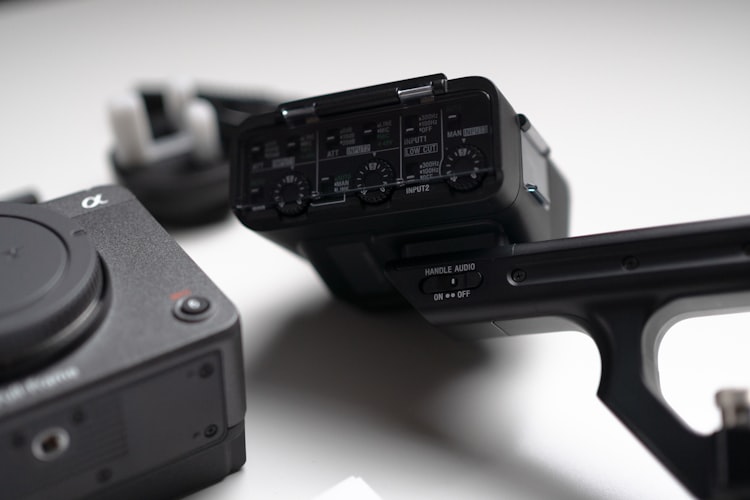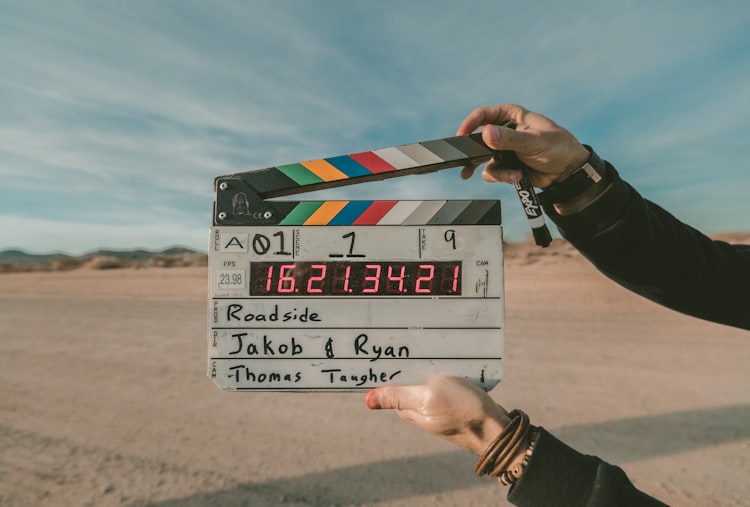Sony 16-35mm F4 OSS vs Sony 16-35mm F2.8 GM for Video & Vlogging

So recently I had the chance to compare these two lenses (Sony 16-35mm F2.8 G Master vs the Sony-Zeiss 16-35mm F4 OSS) specifically for video work and vlogging. Both lenses are amazing in terms of quality of the images they produced, however there is some differences that i wanted to address for all of those who are interested in picking up one of these wide-angle zooms for video work. Both lenses were tested on the Sony A7S III using full IBIS + active stabilization.
I don't plan on directly addressing the use of these lenses for photography however some of these conclusions are valid for photography use as most of the same principles still apply.
Sony-Zeiss 16-35mm F4 OSS
Now one of the things I was most excited about was the OSS in the lens name, as this stands for optical stabilization. While most of the newer Sony bodies have IBIS (In Body Image Stabilization) they can still take advantage of OSS in conjunction with IBIS. The hope for this was to give me a more stable shot that is more gimbal-like and less shaky. nothing can really replace gimbals, but the idea was to help stabilize handheld shots more.
Sony 16-35mm F2.8 G Master
The Sony 16-35mm G Master is an impressive lens, however for the cost it should be! It is quite sharp at 16mm even at f2.8 and stays sharp throughout the range (there is a little falloff at 35mm at-least in my copy). This is an impressive lens for photography but how does it stack up in the video world?

Initial Comparisons
Both lenses are quality builds, and both produce nice images without much distortion. However, the F4 lens does struggle in low light (to be expected) however the A7S III does compensate for this with the dual base ISO, but with video the shutter speed is pretty much set to (180 Degrees or 1/50 for 24fps). If you are shooting in daylight or well-lit situations you will be hard pressed to notice this high f-stop.... or will you.
F2.8 vs F4
if you are going to be capturing images in the twilight hours or even into the night without supplemental lighting... stop reading here, pay the price (buy once cry once) and get the F2.8 G Master, or consider getting a set of primes that are f1.8 or better.
There is another side-effect called shallow depth of field that the F2.8 will provide you with. This is the out of focus blurry background (AKA: bokeh) that’s all the rage right now (until it’s not). I don't want to go in to too much detail here but there are other factors at play here that will also affect how blurry your background is (wide-angle, focus distance, lens design) but 16mm is going to be hard to get a blurry background with however the 35mm focal length it is possible; and more so with a F2.8

Bokeh and Exposure control
If you want that blurry background with video this can gets more complex, as now you lose both F-Stops (as you are setting your F stop to 2.8) and Frame rate (set to 180 Degrees) to control the amount of light coming into the camera sensor and it leaves you with the ISO to control (remember your sensor light triangle) which can be difficult. however, there is a way to control it externally using ND filters or VND Filters, but that is beyond the scope of this post. It’s also important to note that both lenses can stop down to (adjust the aperture) to f22 which lets in a tiny amount of light. This can be useful if you do not control the lighting (i.e., outside or vlogging) and you need a high ISO (i.e., S-Log3) as you can still get the shot.
Both lenses handle the focus falloff well and have pleasing out-of-focus areas however the F2.8 is significantly better with getting that blurry and bokeh look (to be expected seeing the chart above looking at aperture). As you can see this is not looking so good for the Sony-Zeiss 16-35mm F4, but it does have a few benefits that do make up for this, just remember:
All lens designs are a compromise...
Lens design is a balancing act, and you need to decide which tradeoffs you are willing to accept.
Cost
The costs of these two lenses are quite high comparatively, (but nowhere near the price of cinema lenses) as the F2.8 G Master is approx. $2500 and the Sony-Zeiss F4 is around $1200-1000 depending on sales. I am sure you are wondering "what does that extra $1500 get you?". Well, I could go into details about lens design and aspherical and extreme aspherical lens elements, aperture blades, element groupings, lens coatings, and flare reduction, but that’s not helpful here. Basically, it boils down too: newer design (2014 vs 2017), larger aperture, better coatings, better elements, and..... marketing (I'm not saying marketing is bad just lenses are built to meet the needs of the market and that has a cost). One of those trade-offs is weight and there is a cost to performance (at-least most of the time physics requires sacrifice).
Weight
So here is a win for the Sony-Zeiss F4 its lighter by about .35 of a pound (518g vs 680). This really plays out when you are traveling, hiking, or balancing on a gimbal. This is one of the trades the f2.8 G Master made for performance: the larger aperture also resulted in a larger front element 82mm F2.8 vs 72mm F4. This makes the f2.8 G Master a feel bigger and heavier. Also, this affects the balance of the camera in hand where the G Master feels front heavy whereas the Sony-Zeiss feels more balanced.
larger lenses also attract more attention, now this could be a problem if you are filming in public or vlogging. Both lenses are similar enough in size, but for perspective the Sony Zeiss is smaller and may draw less attention.
Image Quality
Like I've said previously both lenses produce quality images. The Zeiss has a slightly less sharp (can be a nice quality in a lens) image than the G Master out of camera. Now contrast is similar between these lenses, and this is where the Zeiss bloodline comes out of the Sony-Zeiss 16-35mm F4 as you can see the effort that was put in to getting a contrasty but clean image. The G Master F2.8 also has a nice sharp, but in my opinion slightly lest contrasty image than the F4. The good part about this is it can be modified in post and color grading (mostly).
Neither of these lenses are par-focal (keep focus while zooming) so they must adjust while zooming. The good thing is the Sony continuous Auto Focus (AF-C) is can partially keep up. This is a rarer quality and often quite expensive, so not much more to say here as neither lens has this quality.

The OSS Card
So where does the optical stabilization come in to play? I had high hopes for this function, but I was not as impressed as I wanted to be. At 35mm there was a noticeable effect but at the wide side (16mm) the effect seemed limited. This could be a glowing review of the active stabilization that the A7S III offers. I wish more lenses had OSS, but unfortunately in my opinion this did not really sway my final opinion.
Final Thoughts
This decision is fairly personal, and it really depends on your sensitivity to cost vs performance vs weight.
- Cost + Weight = F4 OSS
- Performance = F2.8 GM
The cost of G Master is quite expensive, but the quality is worth it. I was sure the OSS properties of the Sony-Zeiss would be a nice feature that would sway the balance vs the benefits of F2.8. But the fact that you could buy almost two Sony-Zeiss F4 for the price of one G Master really makes this hard decision. I will however note that my 16-35 f2.8 GM is almost permanently attached to my camera.





